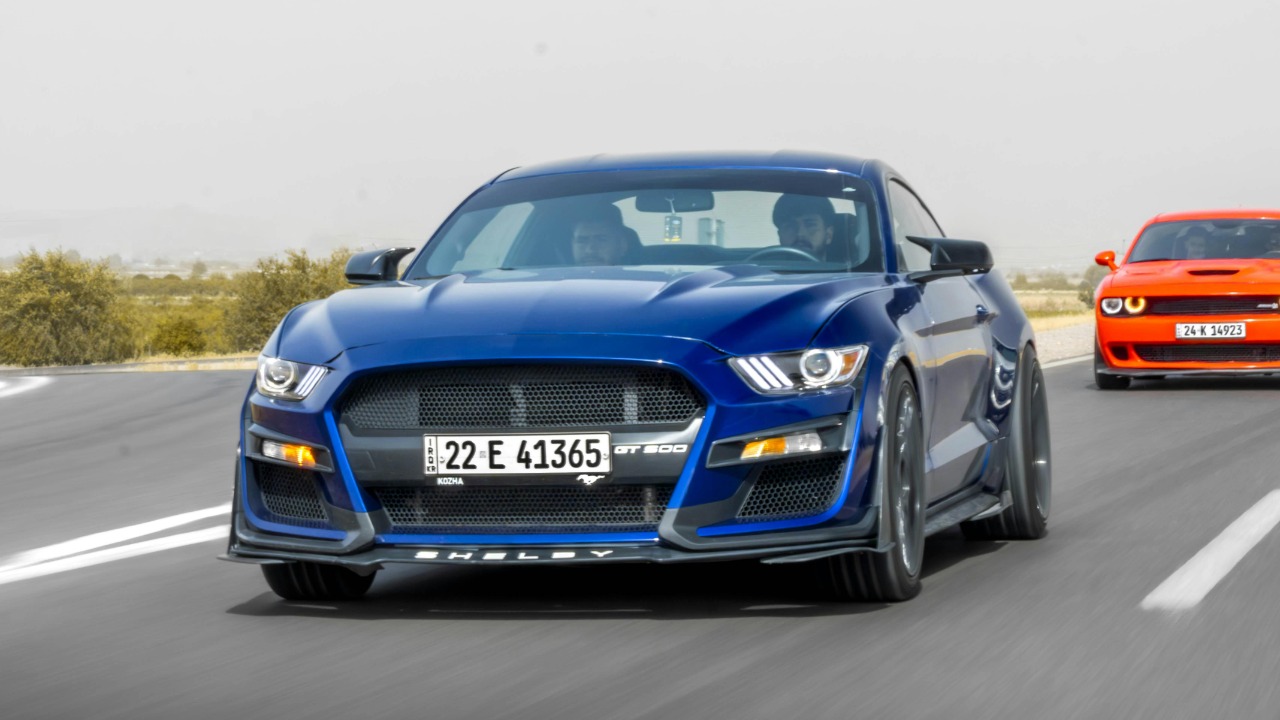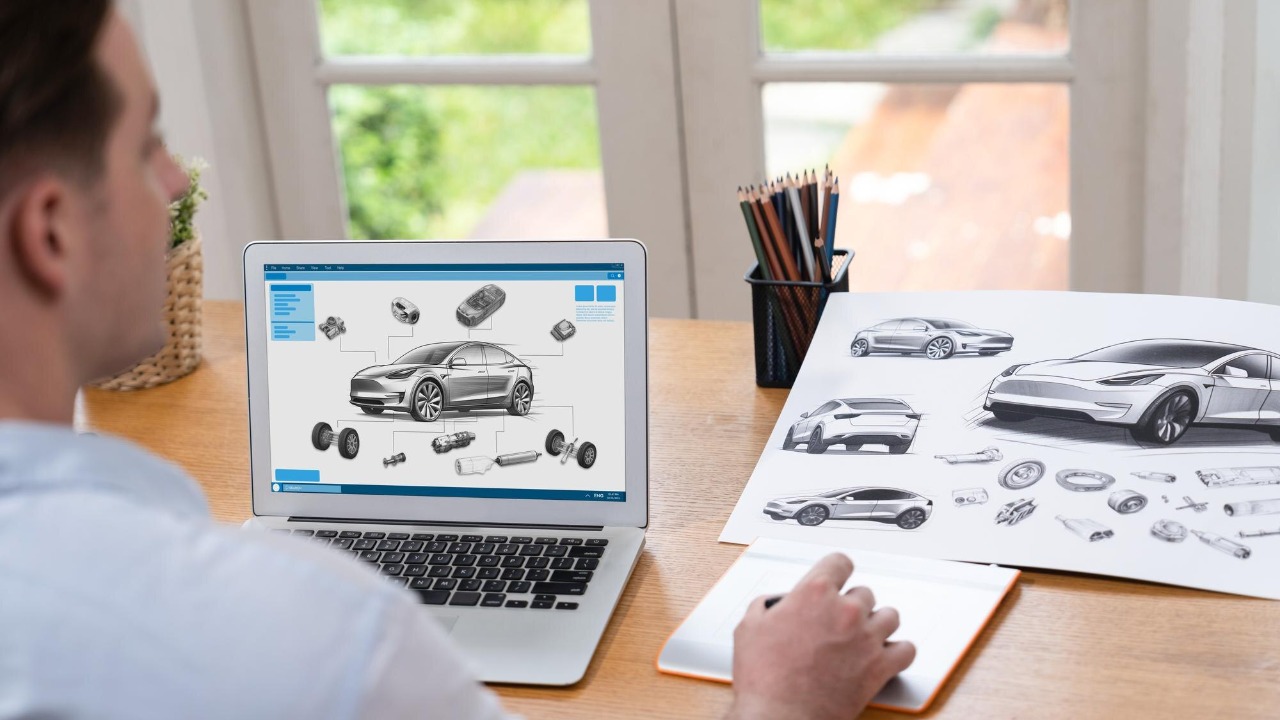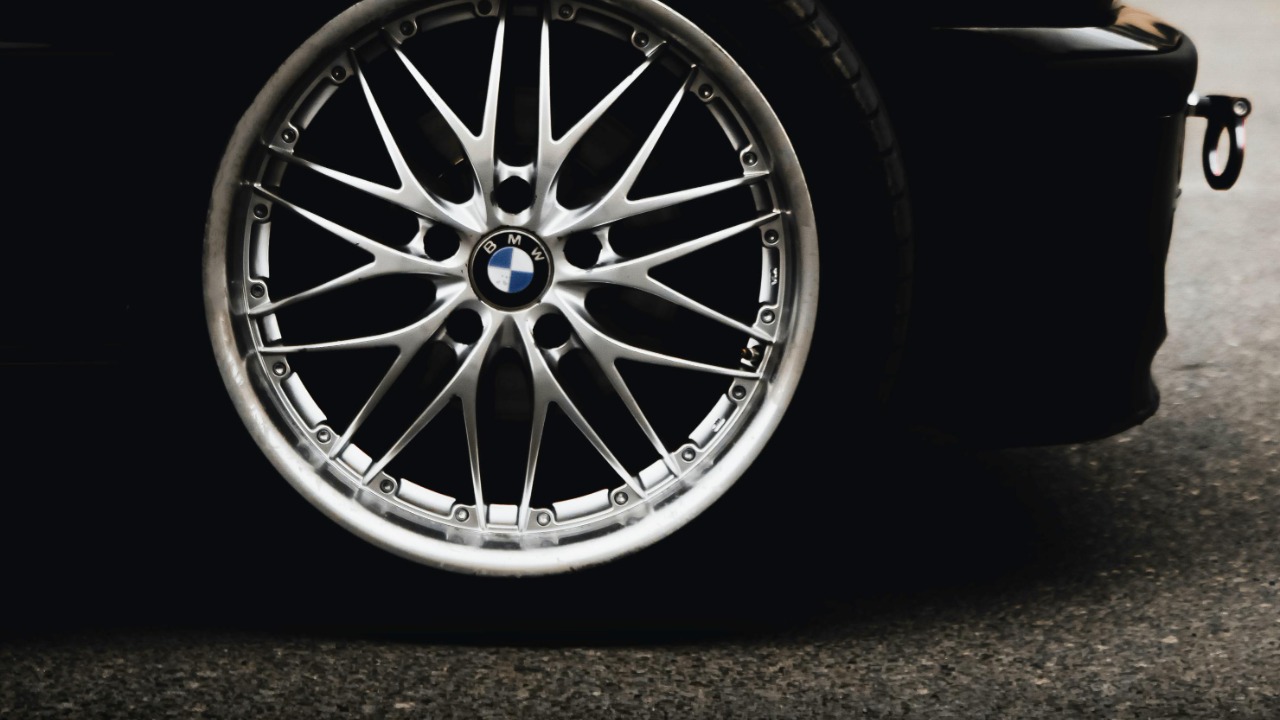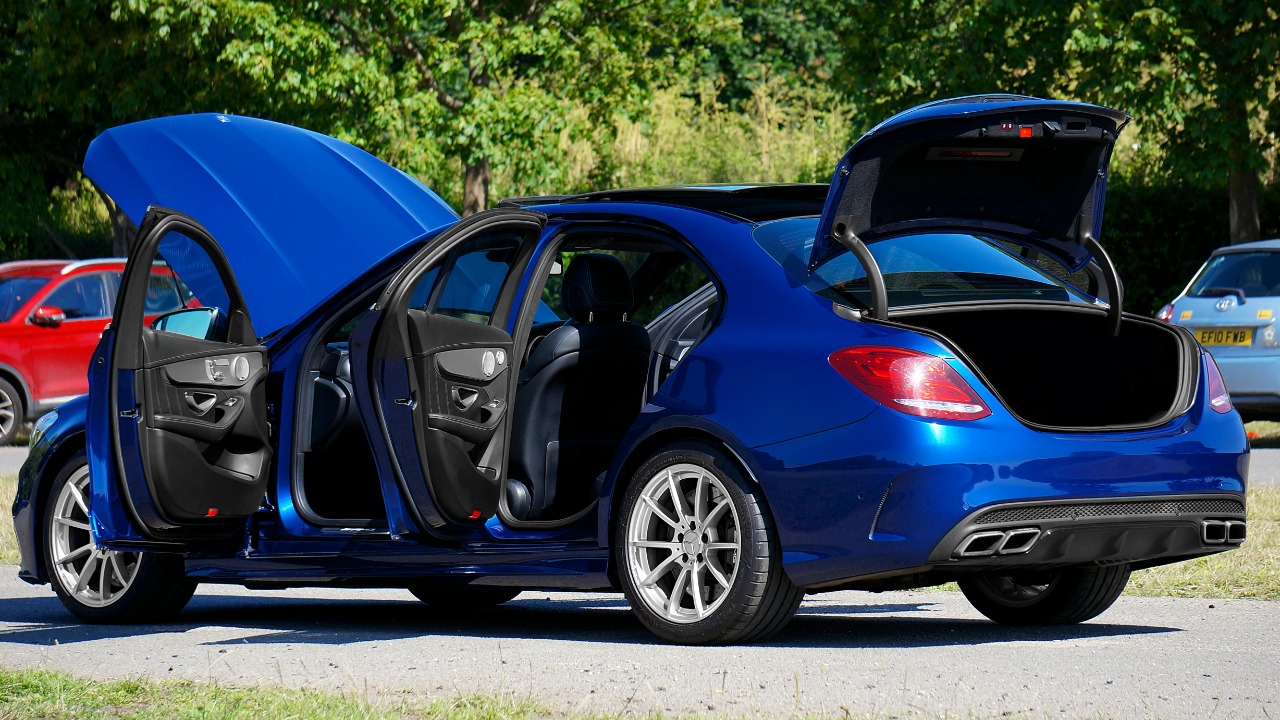
When it comes to fuel efficiency, carmakers often employ subtle techniques to present their vehicles in the best light possible. While these tactics aren’t illegal, they can skew the perception of a car’s true gas mileage. Understanding these strategies can help you make more informed decisions when it comes to purchasing your next vehicle.
Optimized Testing Conditions

One method carmakers use to inflate mileage figures is by testing under optimized conditions. During official testing, cars are often driven in controlled environments that bear little resemblance to real-world driving scenarios. These tests are conducted indoors with perfectly smooth roads and no wind resistance, providing mileage figures that are hard to replicate on your daily commute.
These controlled environments allow manufacturers to showcase the best possible performance of their vehicles. Real-world factors like stop-and-go traffic, varying road conditions, and different weather elements can significantly impact a vehicle’s fuel efficiency. To understand how these conditions affect your car, you may want to look at tips for improving your fuel consumption.
Special Test Vehicles

Manufacturers often use special test vehicles that are finely tuned for optimal performance. These vehicles may have engines and components that are adjusted specifically to enhance fuel efficiency during testing. The test car is often a prototype that may not reflect the production model’s performance.
While these special vehicles may achieve impressive fuel economy ratings under test conditions, they often don’t match the actual performance of consumer-ready cars. The discrepancies can be sizeable, leading to consumer disappointment when real-world mileage doesn’t meet expectations. For a deeper understanding, you can explore how Volkswagen adjusted its fuel economy ratings.
Pre-Production Variants

Pre-production variants are another tactic used to showcase superior fuel efficiency. These vehicles are often lighter and more aerodynamic than the final production models, thanks to fine-tuning and the omission of certain features that consumers may consider essential.
These pre-production models can achieve fuel economy figures that are nearly impossible for the fully equipped retail versions. Consumers may find themselves achieving lower mileage than advertised, prompting questions about the accuracy of these tests. For more insight, you can check out a detailed analysis in this book.
Tire Choices and Pressure

The choice of tires and their pressure settings can significantly impact a vehicle’s fuel efficiency. During testing, manufacturers often use tires with low rolling resistance and inflate them to higher pressures to reduce friction and improve fuel economy.
While these tires can enhance test results, they may not be the best choice for everyday driving conditions. Consumers should be aware that the tires used during MPG testing are not always practical for real-world use, potentially leading to different results. For some practical advice, see these tips and tricks for improving gas mileage.
Weight Reduction Tricks

Another common method involves reducing the weight of the vehicle during testing. By stripping out non-essential items, carmakers can achieve better fuel efficiency figures. These stripped-down versions don’t include the features and comforts that consumers typically expect in a new car.
While these modifications can result in impressive MPG ratings, they don’t reflect the experience of driving a fully equipped vehicle. Once features such as air conditioning, sound systems, and safety equipment are added, the fuel efficiency can decrease significantly.
Limited Use of Accessories

During official MPG tests, carmakers often limit the use of accessories like air conditioning and entertainment systems. By minimizing the use of these energy-consuming features, they can improve the fuel efficiency figures reported.
In real-world conditions, drivers frequently use these accessories, which can lead to a noticeable drop in fuel economy. As a result, consumers may find their actual mileage differs from the advertised numbers once they start using these features regularly.
Selective Driving Cycles

Manufacturers have the option to choose specific driving cycles that best showcase their vehicle’s fuel efficiency. These cycles often include more highway driving, which is generally more fuel-efficient than city driving, to achieve better overall MPG figures.
By emphasizing highway miles over city driving, manufacturers can present a skewed version of a car’s fuel efficiency. Consumers who do most of their driving in urban environments may find their actual fuel economy falls short of the advertised numbers, highlighting the importance of understanding the testing cycle used for the advertised MPG.